The Examination
Our examination procedures are comprehensive and thorough. Patients are often surprised on how comfortable and efficient our procedures are. The average examination time in our office is approximately 50 to 60 minutes.
Humphrey Computerized Visual Field Analyzer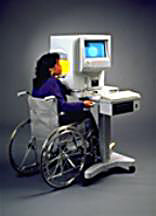
This
instrument is used to follow active disease processes and to
follow up those instances where the Humphrey FDT indicates
there may be a problem.
|
Kowa Fundus Camera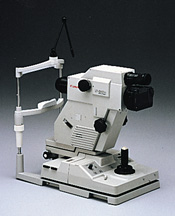
Photography of the eyes interior to help detect disease in the future. A picture is worth much more than a thousand words when eye disease first starts to develop. Our office takes retinal photographs our of patients' eyes. It allows us to detect changes in eye health much earlier because we can directly compare how it looks presently compared to appearance at an earlier time period. |
Humphrey Autorefractor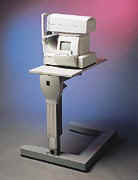
This
instrument helps determines the refractive eye of the eye,
the clearness of the media, and the curvature of the cornea.
|
Lensometer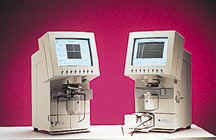
This computerized instrument measures the power in the spectacle lenses. It is also unique in that it can also measure the ultra violet transmission of your lenses. The instrument is also capable of detecting lens powers in a variety of lens materials, e.g. hi index, plastic, and polycarbonate lenses
|
Humphrey FDT Visual Field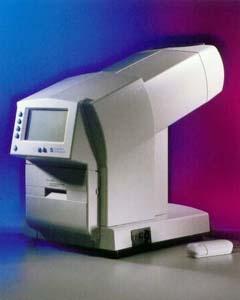
This instrument uses Frequency Doubling Technology to defect
areas of visual field loss.
|
Humphrey Topography System
This instrument is used to measure the surface of the cornea, meeting the needs of the patient for corneal, refractive, and contact lens needs. The system has a dual camera, delivery the highest resolution in the critical central 3 millimeters of the cornea. Refractive surgery patients may exhibit excimer islands in the central cornea that are often missed by other systems. Software in this system allows clinicians to send and receive corneal topography patient records worldwide with the click of the mouse via the Internet. |
